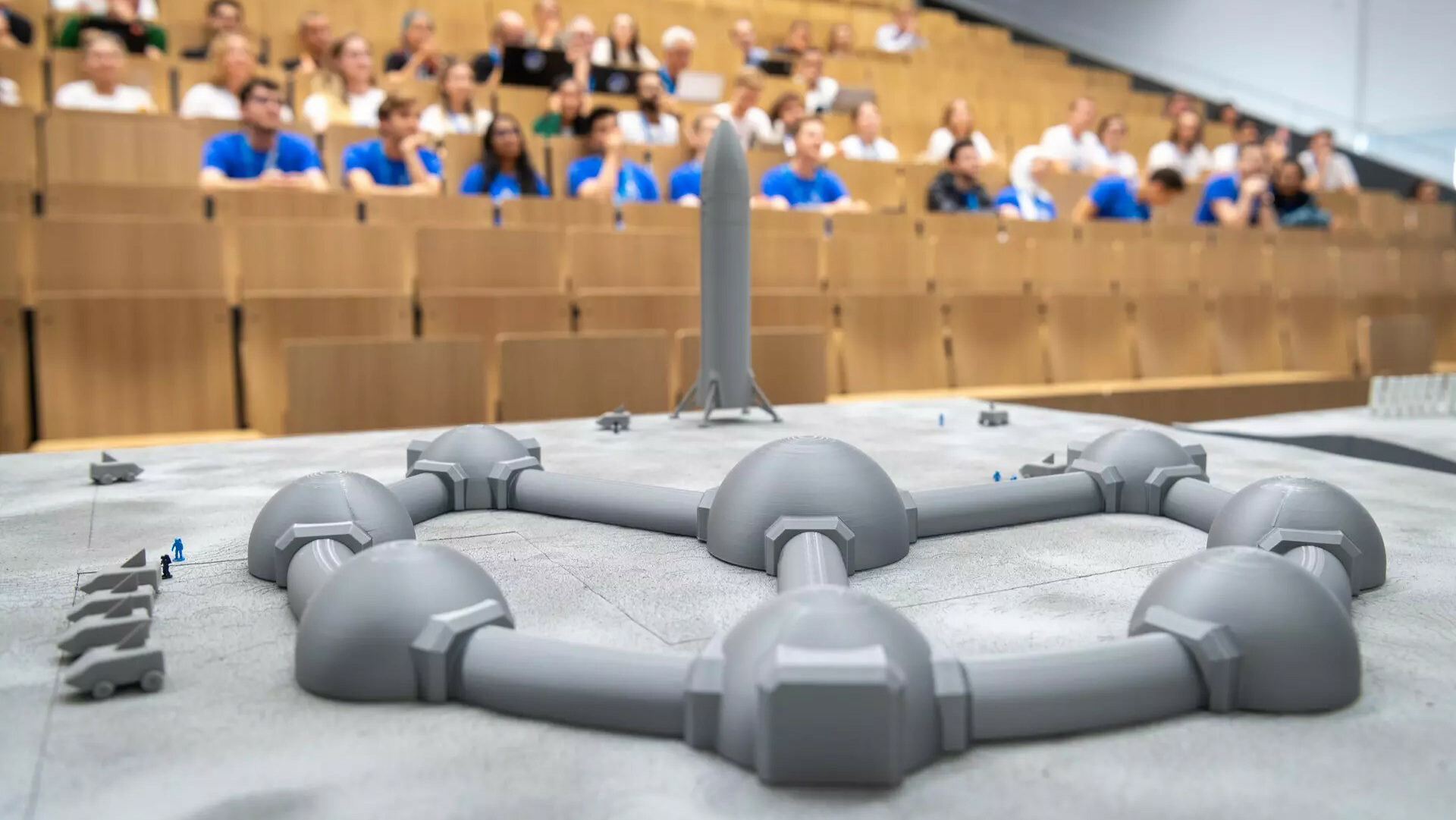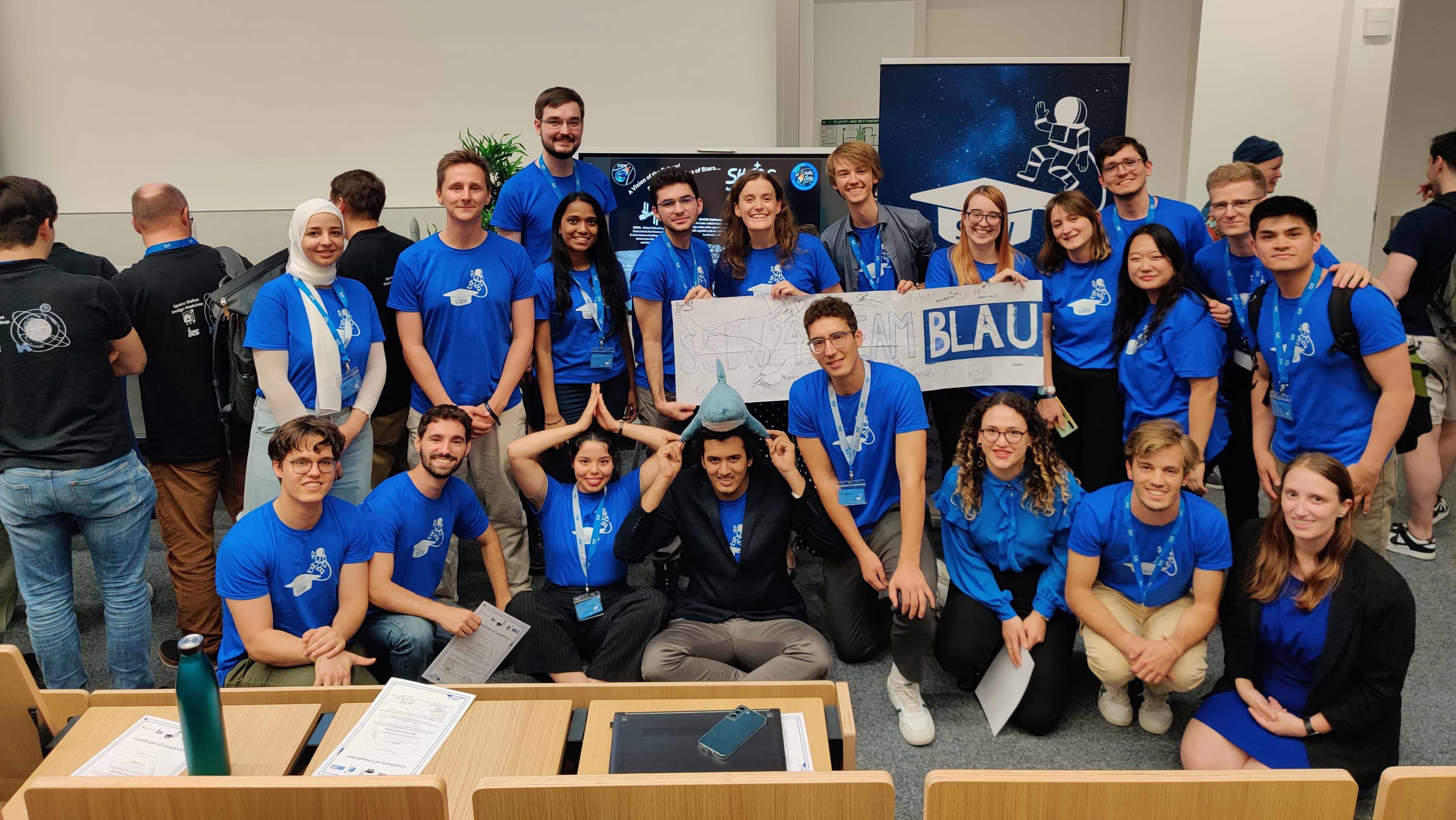
Fifth year Ph.D. student Maddie Haas focuses her research on thermal modeling and its application to space suits. Outside of her dissertation, however, her research interests expand beyond space suits.
With NASA’s Artemis program setting its sights on the moon, national and international spaceflight focus shifts from low earth orbit to the moon and beyond. The intense needs of these future missions have sparked a new era of research on how to keep humans safe and healthy while in space for long periods of time. This includes things like spacesuits, spacecraft, and — in Haas’ case — lunar architecture or space stations on the moon.
As these missions come closer to fruition, the need for infrastructure on the moon is becoming not only viable, but increasingly necessary. Haas is leveraging her experience at A&M and abroad to fill that need.
Haas was one of 42 students and young professionals from 21 countries selected to participate in the Space Station Design Workshop (SSDW) hosted by the Technical University of Munich. SSDW is an annual one-week interdisciplinary workshop where participants work as a team to define a preliminary design and a business plan. Design requirements change each year.
This year, Haas’s team was tasked with developing a lunar infrastructure network that can produce enough fuel to make the lunar base viable as a private venture. This economic feasibility opens the door for private companies to enter the field.

Haas credits Texas A&M with inspiring her interest in this area of space research.
“I think just learning about space architecture as a field has opened that up to a possible career opportunity for me,” Haas said. “In particular, I took AERO 689, where Dr. Nancy Currie Gregg talked about how we might think about applying human factors to habitats on the moon or in space.”
Haas also has space station design experience outside of the classroom.
“I think my area of research in general has helped expose me to the concept of space architecture. Specifically, for the last three years, I've gone to present my advisor's and my research at the International Conference on Environmental Systems, which focuses on humans living in space and working in extreme environments.”
With international focus shifting to the moon, it is more important now than ever for students like Maddie to leverage their classroom and real-world experiences to build the foundation for the future of space architecture.
“Through analyzing both the engineering and the economical case, this workshop prepared its participants and myself to be well-rounded young professionals prepared for the future lunar and space economies and their depth of opportunities," said Haas.